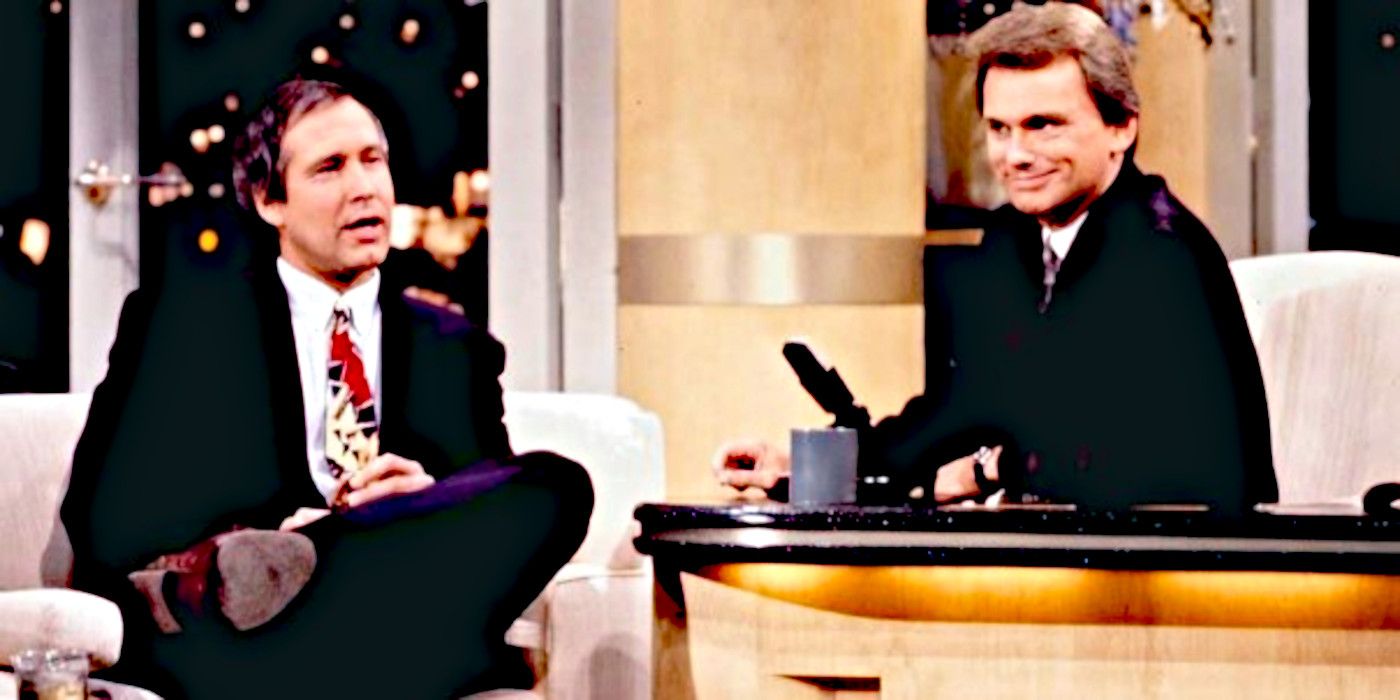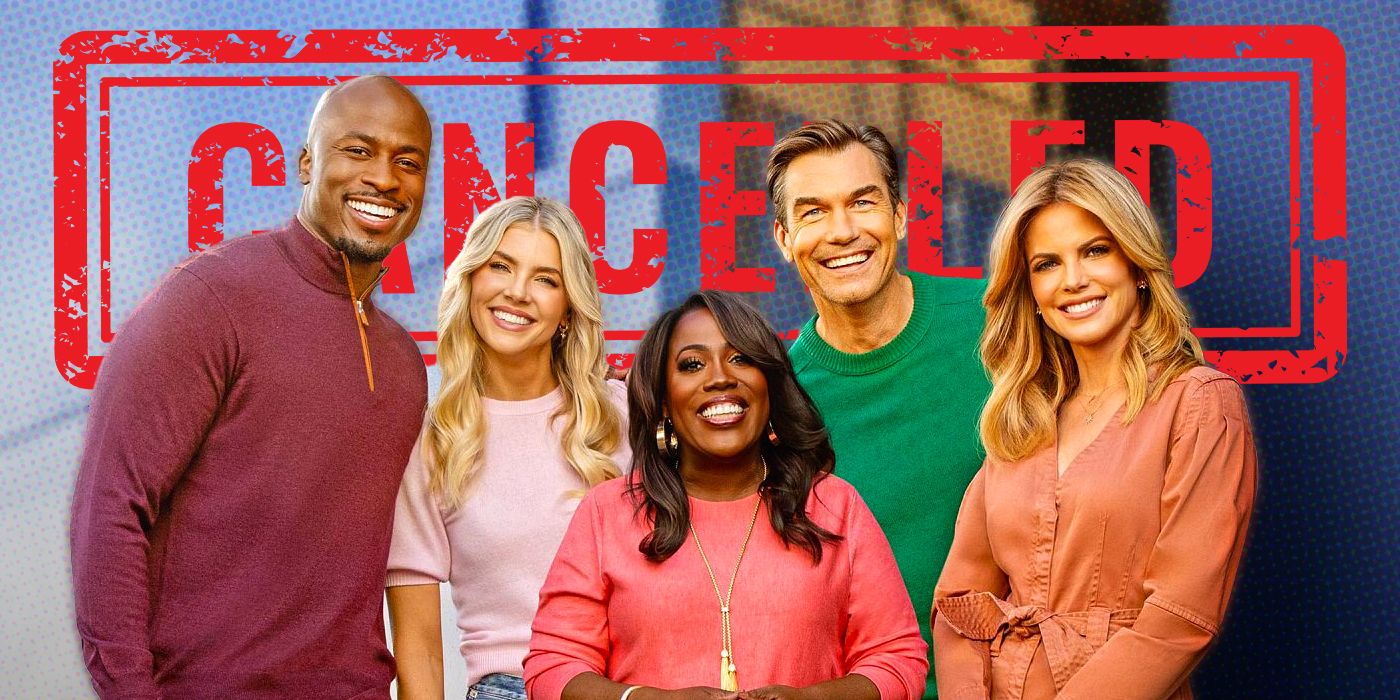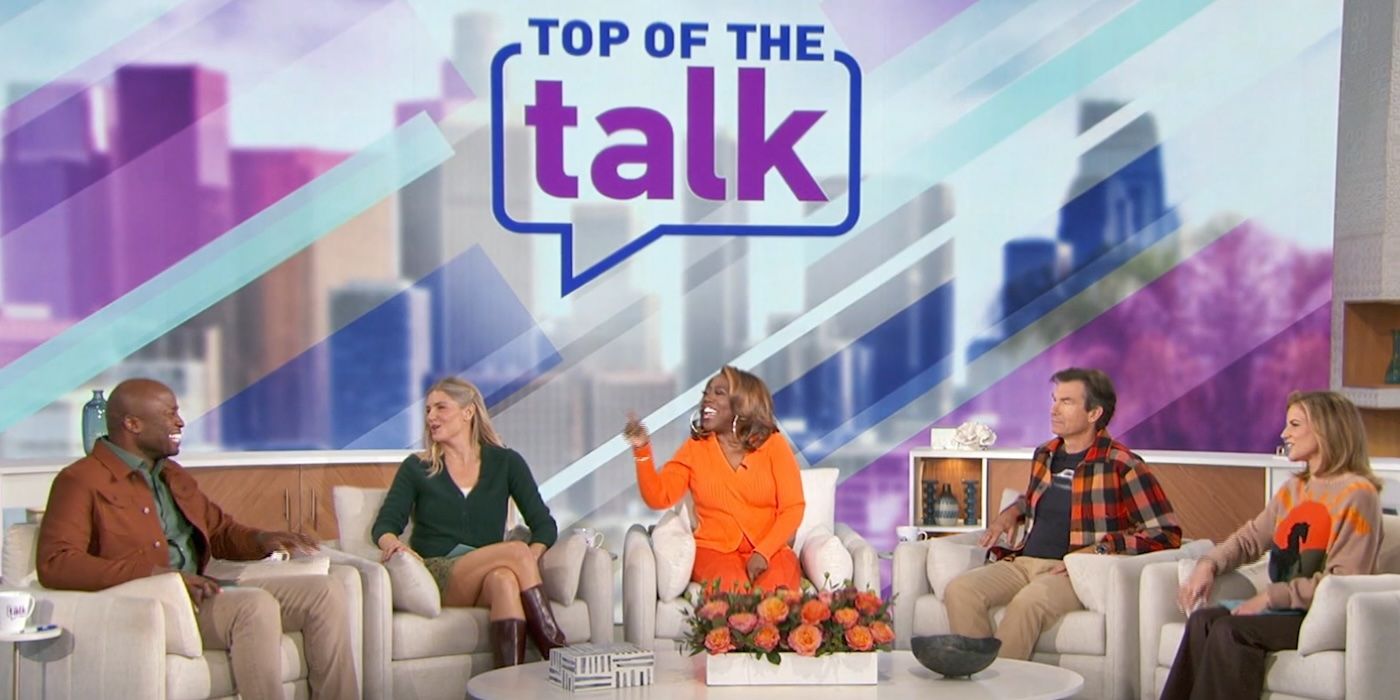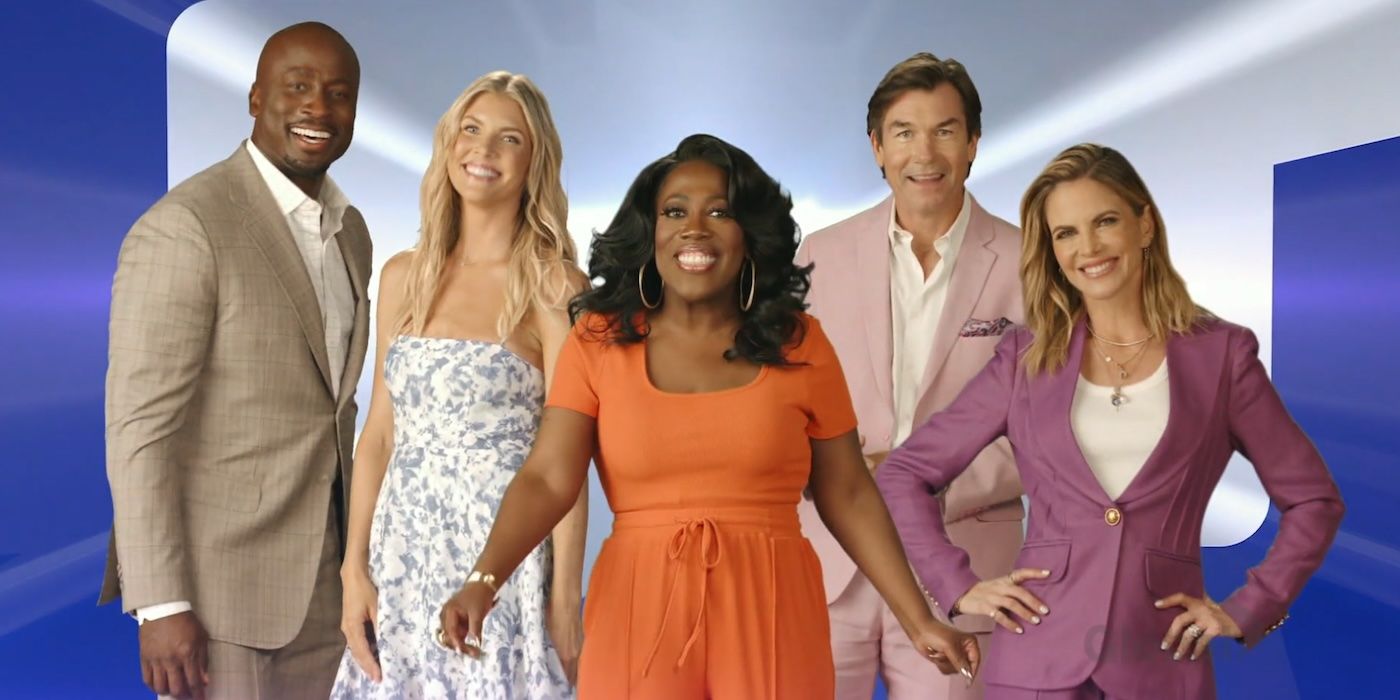First emerging from the booming advertising culture of the 1980s and ’90s, it’s no secret that daytime talk shows have become the cornerstone of television, stretching back to the earliest days of broadcast. With shows from ABC like Good Morning America and The View typifying the genre, these shows have a generally cheery outlook, disposition and a fiery panel of hosts, while featuring a series of celebrity guests and hot topics. Not too far from that description was CBS’s official entry into daytime dominance with their series, The Talk, originally developed and co-hosted by Roseanne actress Sara Gilbert in 2010.
While the show was seemingly popular for the network for more than a decade, CBS decided earlier this spring that the series would be canceled after 15 seasons. Though shocking to those who enjoyed the cozy spot of TV during their day, the cancellation underscores a deeper challenge traditional TV pillars face in an evolving media landscape as they grapple with controversies, competition from new formats like podcasts and streaming, and shifting viewer habits that question the longevity of this once-dominant television genre.
What Is ‘The Talk’
Like most daytime TV talk shows, The Talk is divided into different segments, which seamlessly allows for the integration of several advertisement breaks into the structure of the daily program. Similar to The View, the series focuses on discussions about current events, pop culture, family, and lifestyle topics, often through the lens of its diverse panel of hosts. The original panel of hosts consisted of Gilbert, Julie Chen Moonves, Sharon Osbourne, Leah Remini, Holly Robinson Peete, and Marissa Jaret Winokur.
Over time, the series has seen many co-hosts come and go, not all of them without controversy. The news that CBS would cancel The Talk after its 2024 run may come as a surprise to those less familiar with the first controversy that arose when Osbourne defended Piers Morgan’s comments about Meghan Markle in 2021, which led to the show going on a hiatus and threats of lawsuits between several co-hosts.

Related
I Auditioned for ‘Jeopardy!’ and Here’s What Really Happens Behind the Scenes
How do you get to the Alex Trebek Stage?
Since then, the co-host panel has been almost entirely revamped with the 15th season, led by Sheryl Underwood, Jerry O’Connell, Amanda Kloots, Akbar Gbajabiamila, and Natalie Morales. But as the cancellation of The Talk may seem owed to it never being able to recover its pace after this hiatus and its surrounding controversy, followed by the coronavirus pandemic, and then the WGA strike, there is also a conversation to be had about the recent turn to new media like podcasts and social media platforms, the uptick in celebrity-hosted talk shows, and the larger implication this shift has for other standard broadcast daytime TV talk shows.
What’s Changing With Daytime TV?
Daytime talk shows like The Talk or The View largely share a familiar structure between a live studio audience, room for co-host banter, and celebrity chatter to typically lean on different segments to facilitate commercial breaks to further drive the medium. When celebrities visit, they can expect low-ball questions where the answers are intended for the PG early morning and afternoon crowd. However, after Ellen DeGeneres’ fall from grace — which began in 2019 with guest Dakota Johnson‘s seemingly innocuous comment exposing DeGeneres’ misrepresentation about an unreceived holiday party invite and escalated into allegations of a toxic workplace environment — a new space emerged for single-celebrity-led talk shows to capture audience interest from a more grounded level.
Although shows like The Jennifer Hudson Show, The Drew Barrymore Show, and The Kelly Clarkson Show are similar to The Talk in structure, these celebrity-led productions tend to dedicate more time to the host’s conversation with their guests, as there is no one to riff with on stage without them. But even though they are structured like, traditional daytime talk shows in terms of interview style and by the inclusion of different segments filmed in front of a live audience, these celebrity-led series are all about appealing to the new media crowd.
The new media shift has also affected daytime TV, in that some of the biggest names in entertainment, and even politics, are turning to some of the most popular podcasts and social media influencers to promote their new projects or agendas. Reality TV stars almost universally flock to the ever-popular The Viall Files podcast to reveal the shocking behind-the-scenes secrets from their recently aired seasons. Presidential hopeful and current Vice President Kamala Harris hopped on the Call Her Daddy podcast during the recent presidential race to reach the younger voting demographic. Celebrities still flock to the daytime TV circuit, especially those who have established relationships with specific shows, but these days they also have Instagram and TikTok accounts to get their messages out with more intimacy and immediacy.
While celebrity-led talk shows tend to stay true to the broadcast TV format, they have taken new media into account when designing their segments. Kelly Clarkson‘s popular “Kellyoke” segment is a significant draw for the series, showing Clarkson’s reputable vocal talents performing covers of her favorite songs. It is designed to be viewed and shared on social media, although the segment is still recorded live in front of her studio audience. These digestible clips, meant to be viewed on your “second screen,” your smartphone or tablet, are a key marketing strategy in today’s new media world.
Drew Barrymore calls on her list of celebrity friends and contacts to have in-depth intimate conversations on her talk show, often very touchy-feely conversations to the point that some guests feel the need to gently swat her away. Barrymore’s legendary Hollywood history and charismatic personality are a significant draw to the series in their own right, but her clips often go viral on social media for her intimate interview style alone.
The daytime talk show circuit is an integral part of the traditional media landscape, where entertainment industry professionals come to promote their new projects, showcase their brands, and plug certain products. Much of this work has shifted to influencer culture, and celebrities have been hopping on the influencer bandwagon as well, with their social media accounts promoting themselves at all moments. But is anything lost with this new media shift? The one markedly different thing is the mode of engagement between daytime TV and new media forms.
Daytime TV was developed to fit into a standard broadcast slot aired at a specific time each day, to engage inside the home, and broken up into segments to add slots for advertisements. It’s easy background entertainment, meant to absorb time, and the daily repetition with the same hosts creates a sense of familiarity that many viewers value. Whereas new media forms like podcasts and social media accounts are intended to be absorbed mostly through clips on “second screens,” on the go, when and where they happen to appear on a social media feed. Their impact is therefore more momentary and fleeting, rather than the familiar and lasting legacy that daytime TV has worked to establish.

Related
The 10 Most Forgotten Late Night Talk Shows
These short-lived late night shows barely finished their first interviews.
Podcasts and social media accounts have created their niche in the media landscape, so much so that traditional media forms are doing their best to adapt their programming to mimic the immediacy and intimacy that these new media platforms evoke. But if the cancellation of The Talk is a precursor to a new trend in traditional media losing faith in the daytime talk show format, it’s one less connection audiences will have to the touch of glamour that the Old Hollywood method of promoting projects has brought to viewers for generations. The daytime TV circuit has worked for the giant studios for so long, it would be a shame if the traditional broadcast TV format was lost to time from a temporary lack of faith just because new media has proven that it’s here to stay.
Season 15 of The Talk airs daily on broadcast TV. Its final episode airs Friday, December 20 at 2 p.m. EST.
Watch on Paramount+


